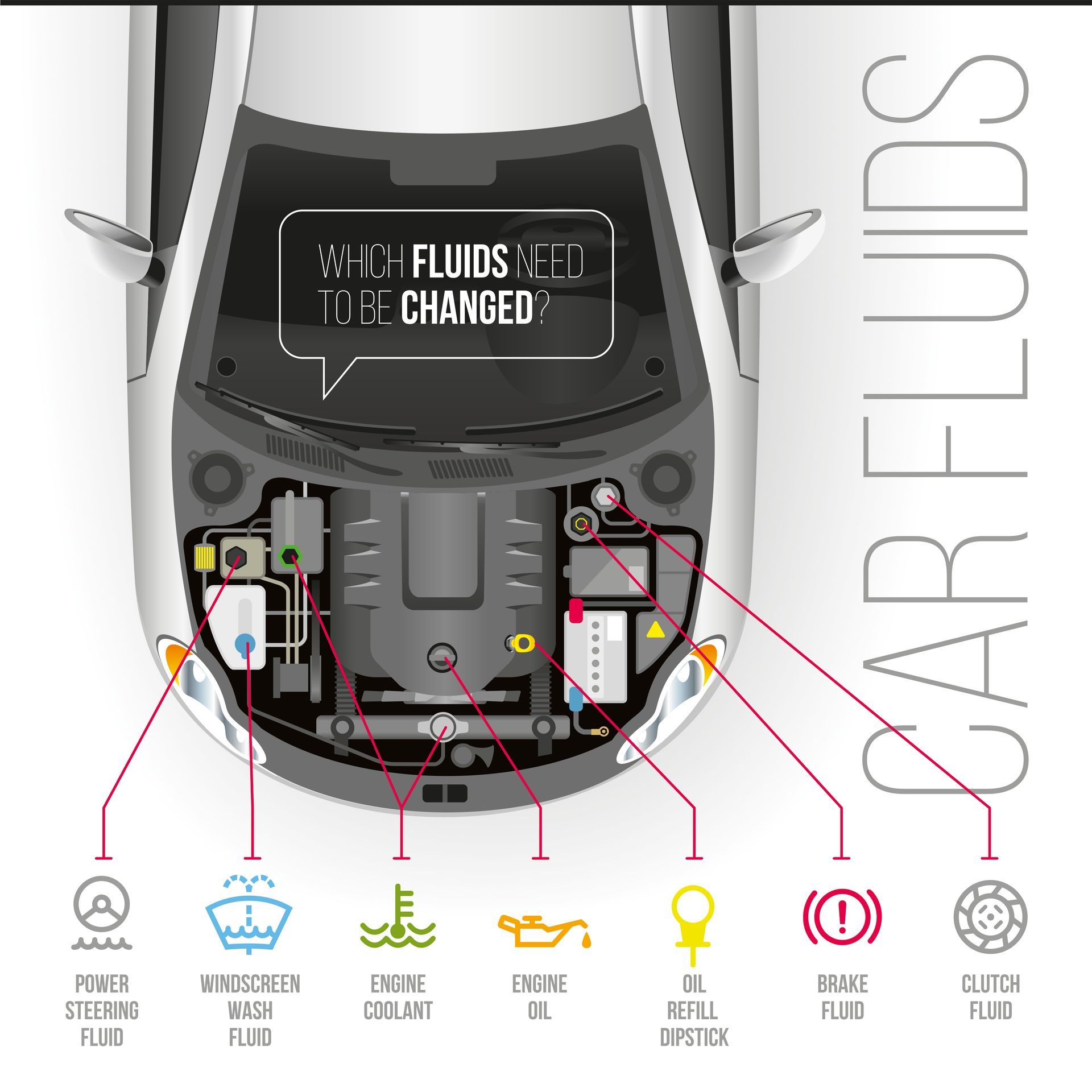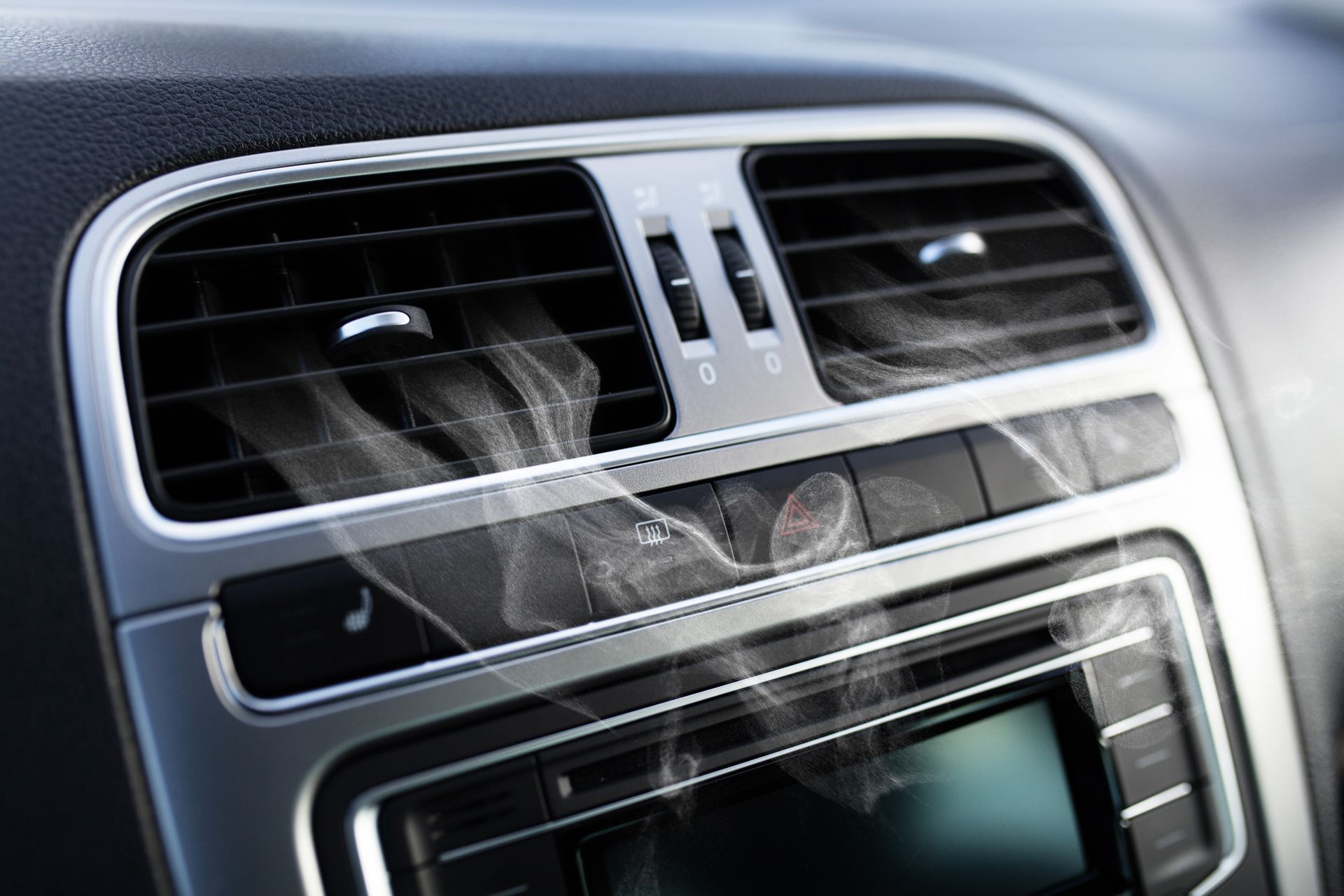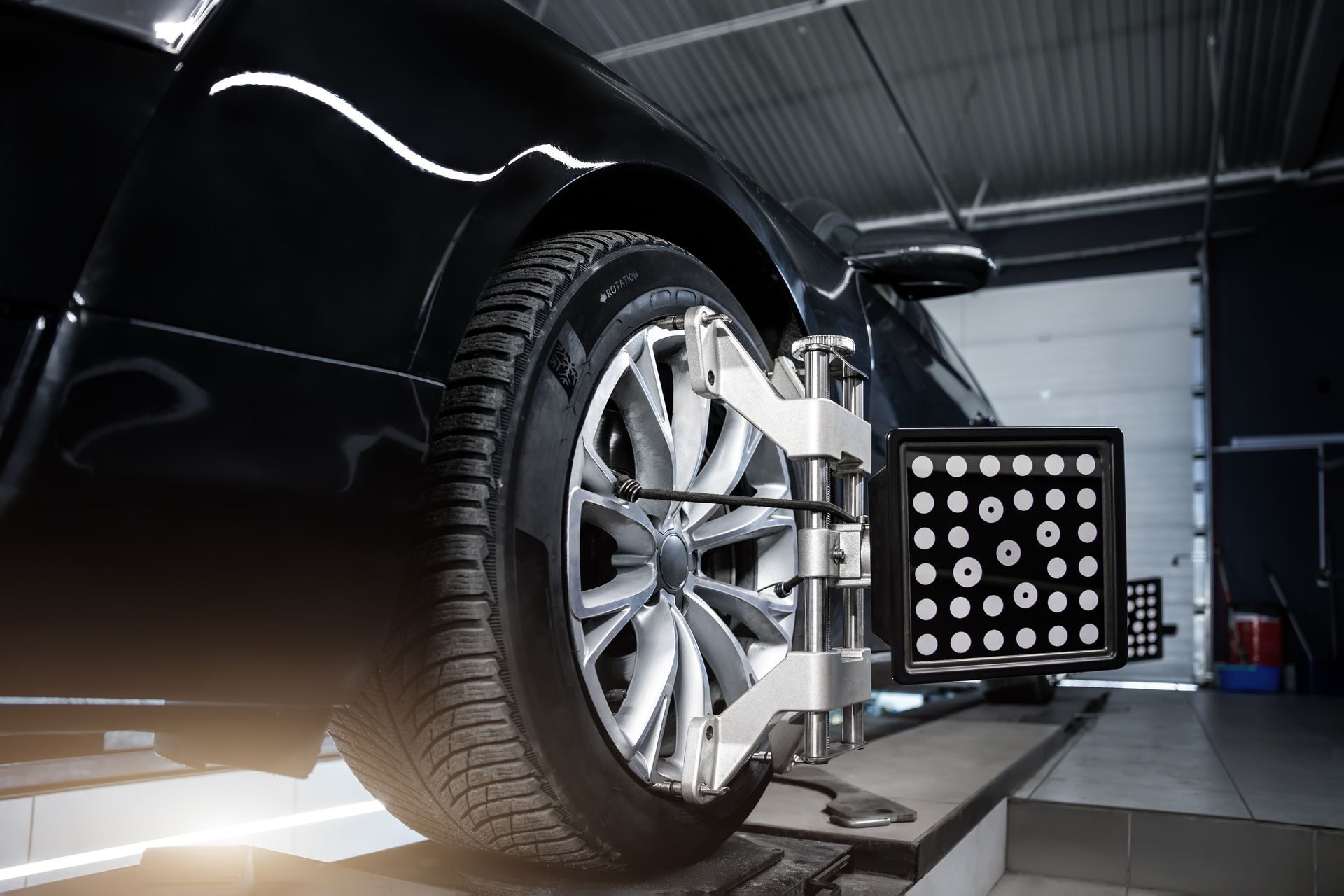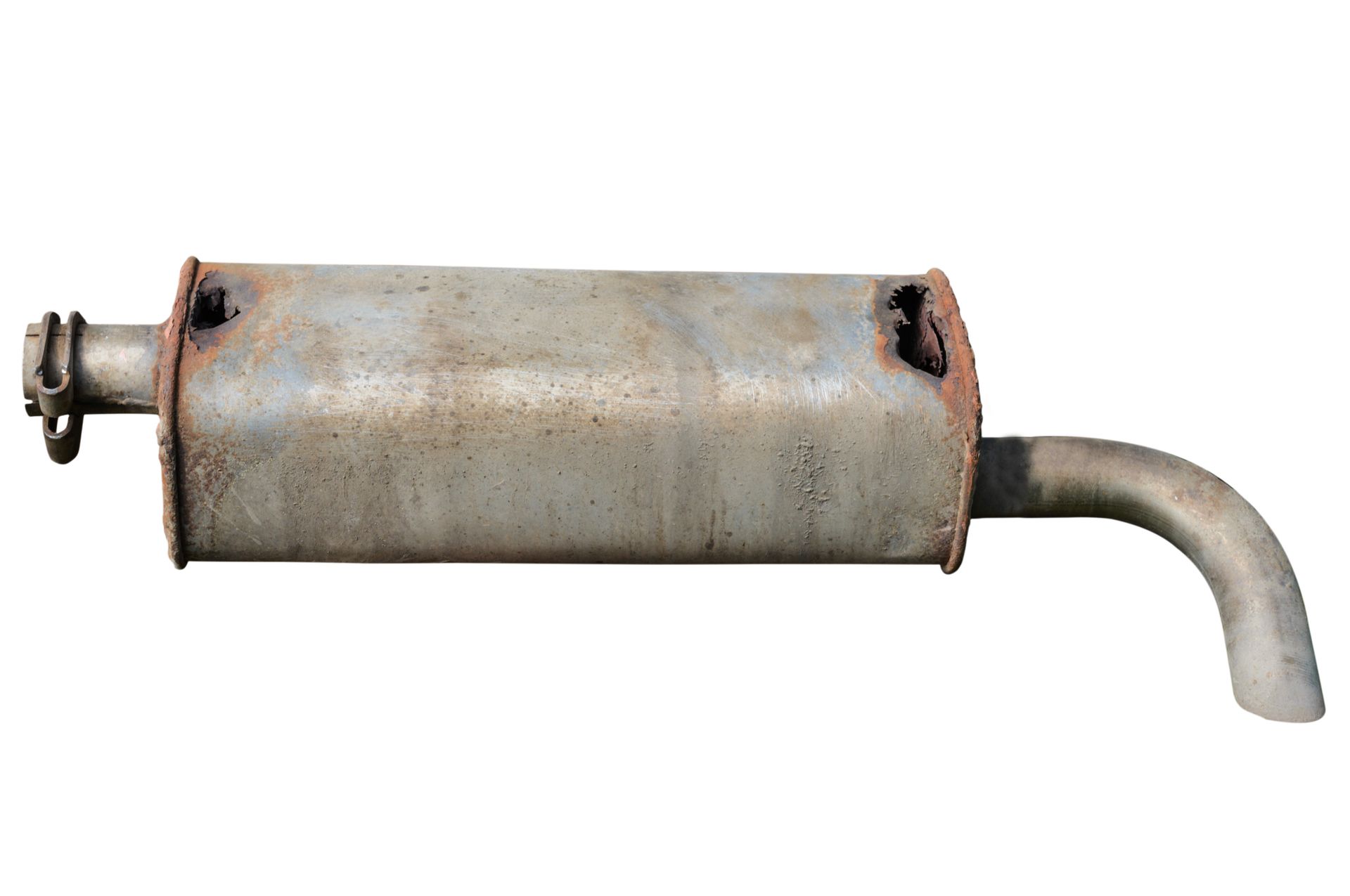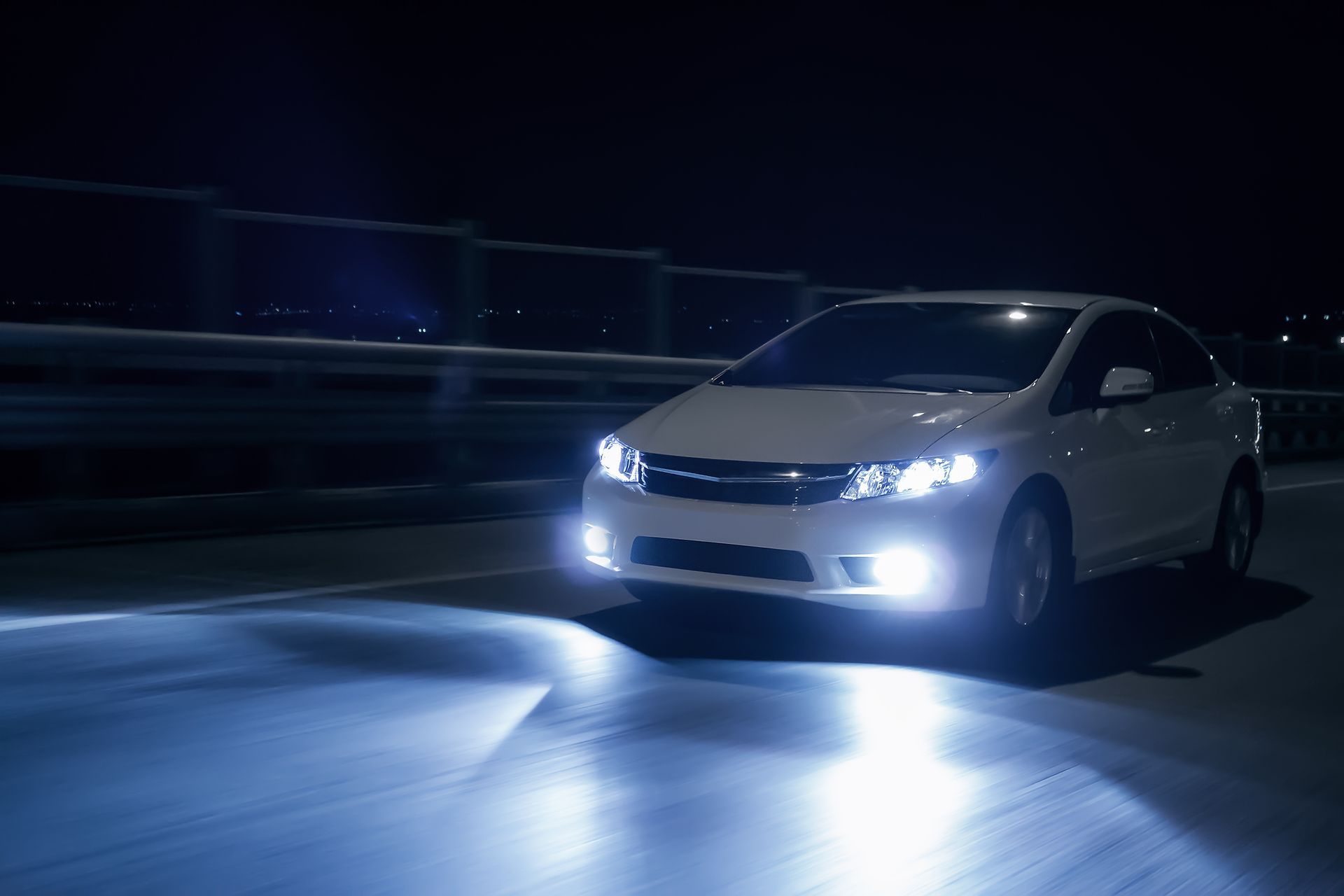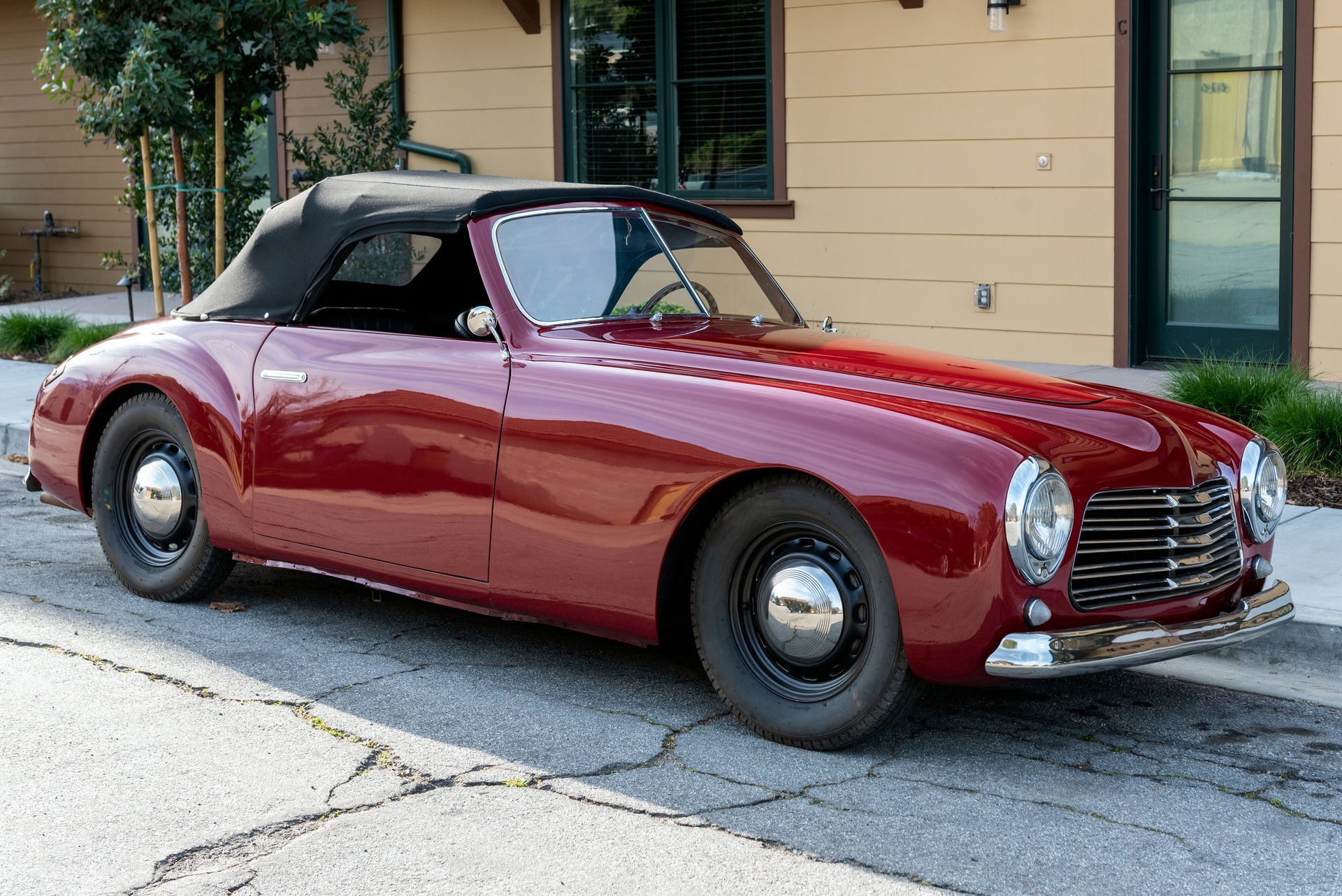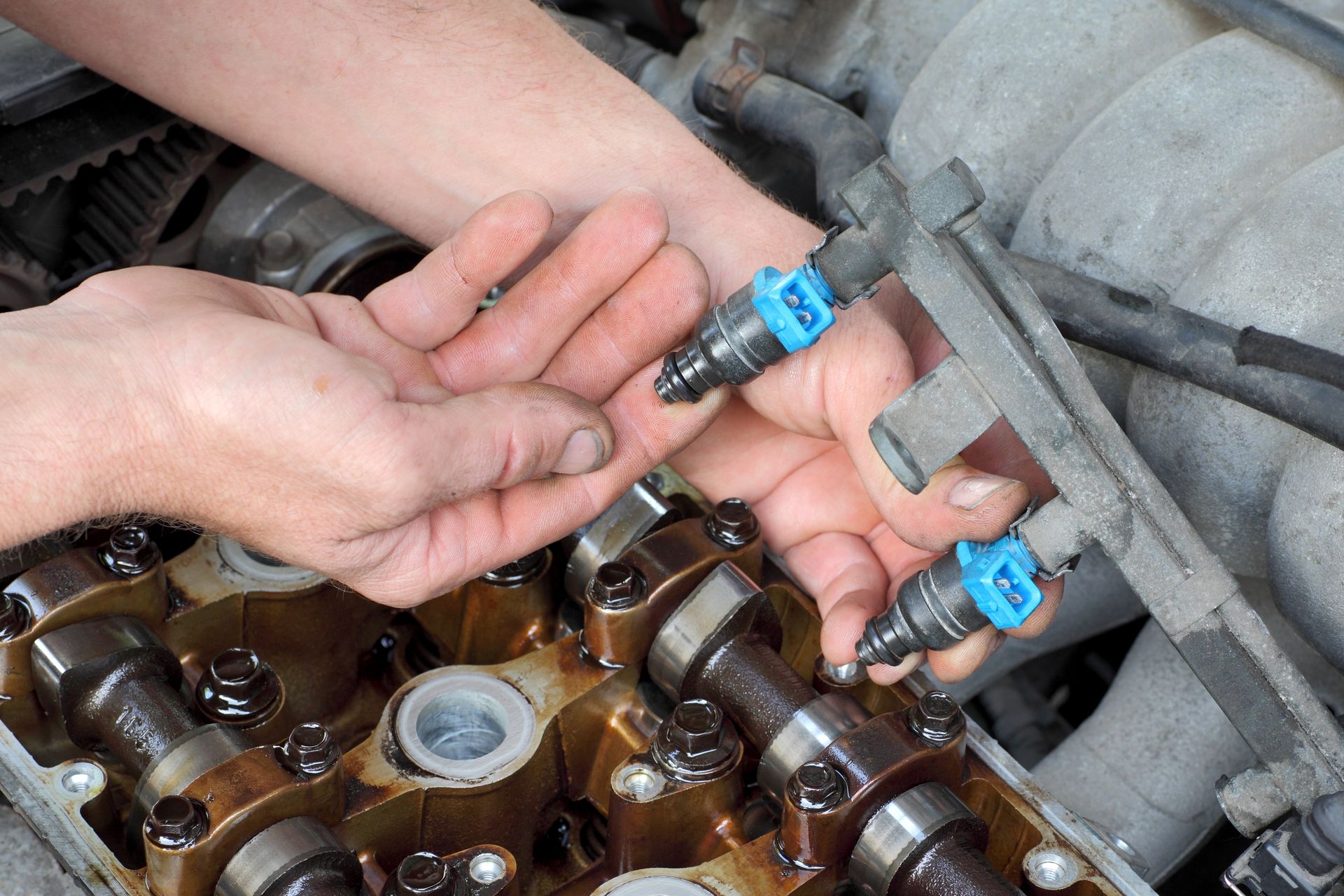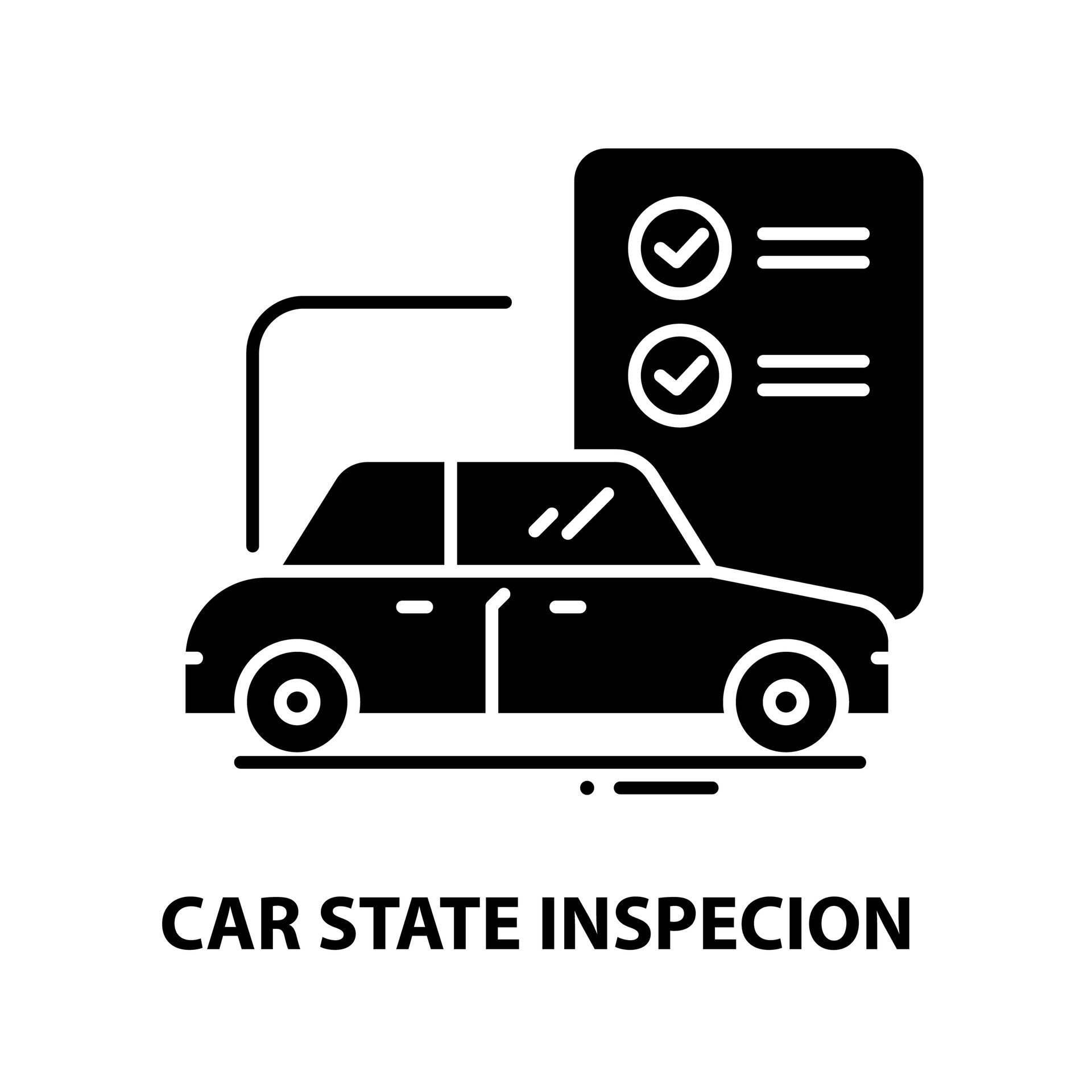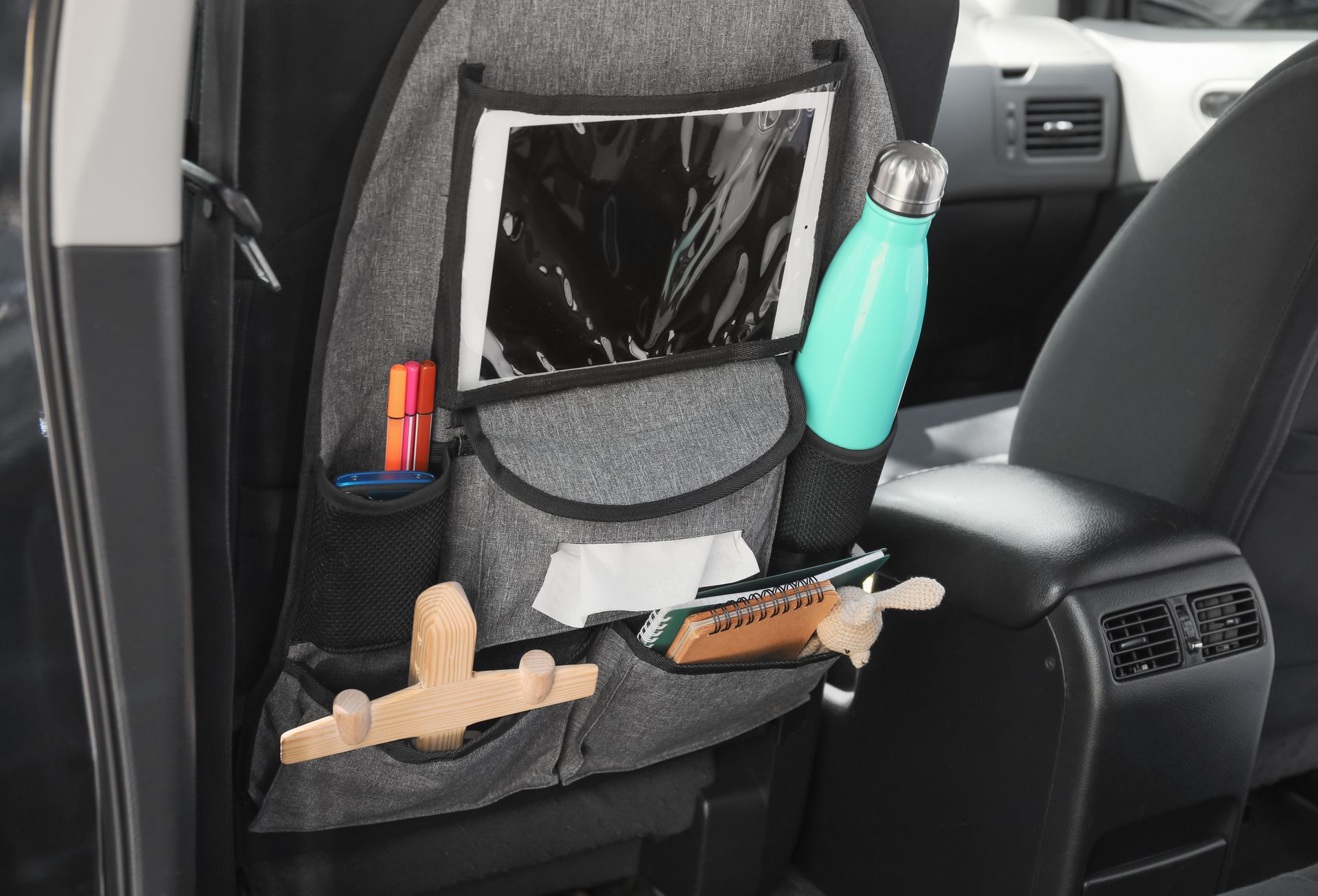Filling up at the pump
For many years, gasoline advertising messages have implied that Premium fuel is better for your car than Regular grade. The key difference between the different grades of gasoline is the Octane rating, which typically is 91, 89 or 87. Octane is a measure of the stability of the fuel under pressure. Your car’s engine creates power by creating thousands of controlled explosions under pressure per minute. It’s easy to assume that a higher-octane fuel would be better, but it depends on the design of your car.
Your car has been engineered to use a specific octane rating to achieve efficiency and smooth running. Using a higher-grade gasoline than what’s specified for your car offers little to no benefit and is just a waste of your money. The specific octane rating for your car is often found inside the fuel door and most certainly is found in your user manual.
While there’s little value to using a higher-than-required octane grade of gasoline, you may see more benefit from using name-brand gasoline rather than generic. While some generic gas stations buy their fuel from name-brand companies, this is not true in all cases. Overall, name-brand gasoline tends to have a higher percentage of additives that often exceed Federal minimum standards. Those additives help keep your engine clean and reduce carbon build-up.
Gas can be expensive, and it may not always fit our budget to fill up the tank, but consistently driving around with a near-empty tank can cause damage. The fuel in the tank has a cooling effect on the fuel pump inside the tank. Like any electric pump, running hot on a consistent basis will lead to premature failure. Fuel pump replacement can run $500 or more.
When you do fill up your tank at the gas station, it can be tempting to “top off” the tank, to either round-up to the nearest dollar or to get more miles out of that tank of fuel. Simply put, DO NOT top off your fuel tank, for several reasons. First, there’s a risk of spill, which is damaging to the environment, your car’s paint, and your wallet. Second, gas station fuel pumps are designed to recover this excess fuel, so you may just be putting fuel back into the gas station storage tank and the pump hose for the next customer. And third, it can damage your car’s evaporative control systems, which manage the natural tendency of fuel to expand. Those tend to be expensive repairs.

